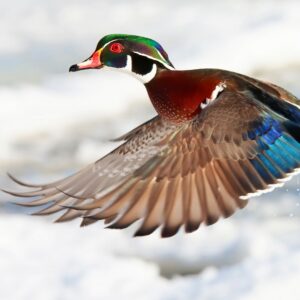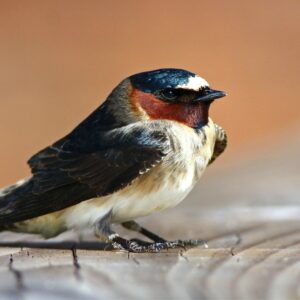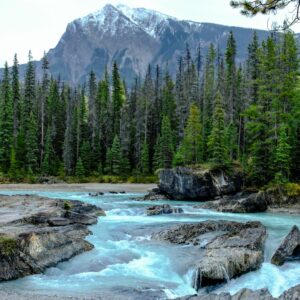Nature Canada Receives Award for its Efforts to Conserve Wildlife Habitat in Canada
[separator headline=”h2″ title=”Conservation Group releases report on state of Canada’s national wildlife areas”]
February 28, 2012 (Ottawa) – Nature Canada received a Gold Leaf Award Wednesday from the Canadian Council on Ecological Areas in recognition of its efforts to conserve wildlife habitat in Canada.
Each year since 1987, the Council has awarded a Gold Leaf to a group or individual for outstanding contributions and initiative in planning, protecting and managing ecological areas.
Nature Canada received the award this year for its outstanding support to the conservation community and its sustained effort to raise awareness on national habitat conservation issues.
The Gold Leaf was awarded during the Council’s annual conference held in Ottawa. Nature Canada’s protected areas manager, Alex MacDonald, accepted the Gold Leaf at an evening ceremony February 22.
“We appreciate the recognition bestowed on our efforts by the members of the Council,” said MacDonald. “Canada’s wildlife depend on a strong, well-managed network of national wildlife areas and migratory bird sanctuaries that protects vital habitat for birds and species at risk.”
For more than five decades Nature Canada has championed the completion of the national parks system and the development of a connected network of protected areas on land and at sea. In recent years Nature Canada has been a strong advocate for the establishment of national wildlife areas and greater protection of the Boreal Forest.
Nature Canada is a member of the Boreal Forest Conservation Framework and the Northwest Territories Protected Areas Strategy, working to protect at least 50% of the Boreal in a network of large interconnected protected areas.
At the conference, Nature Canada released its latest report, The Underlying Threat: Addressing Subsurface Threats in Environment Canada’s Protected Areas.
The report offers solutions for protecting the natural resources below the land surface in the same way as the natural resources – like water, plants and other wildlife – on the surface. Subsurface land protection is important to the overall ecological integrity of new and existing protected areas.
“There is tremendous potential for development of oil and gas, or mineral resources found beneath Environment Canada’s protected areas, and an urgent need for clear, up-to-date policies on what is and isn’t permitted,” said Macdonald. “The current permitting system is not designed to manage subsurface resource exploration and development.”
Unlike National Parks, the protections afforded national wildlife areas and migratory bird sanctuaries do not extend below the land surface to prevent development, exposing protected areas to a range of environmental problems, including habitat loss, soil contamination, and water pollution.
Nature Canada’s report is available on the organization’s web site.
[separator headline=”h2″ title=”For more information, contact:”]
Alex MacDonald
Manager, Protected Areas
Nature Canada
(613) 562-3447 ext. 300
amacdonald@naturecanada.ca
-30-



